Spring Cleaning Your CV

The keyboard of a writing ball, seen from above. Rasmus Malling-Hansen invented this writing machine in 1865 (Photo: Wikimedia Commons)
From the Editor
As we move into spring and past the high season for job interviews and fellowship deadlines, it may seem like a strange time to revise your CV. On the other hand, now might just be an ideal moment. Without the pressure of looming due dates, you might be able to approach the task with a clearer head and fresh energy. It might even feel constructive as opposed to being one more academic chore, another box to check in the process of submitting applications. Updating a CV can provide a useful means of assessing what you’ve accomplished in the recent past — and what sorts of holes you need to work to fill for the future. Again, there’s a tendency to push it off until some pressing deadline, but deadlines come with enough pressure without having to scramble to fix the CV (and those moments are rarely well-suited for taking stock of one’s scholarly and professional goals and progress).
 A recent posting at The Art History Newsletter notes the return of the CV Doctor at The Chronicle of Higher Education. The article (written by Julie Miller Vick and Jennifer Furlong, authors of The Academic Job Search Handbook) includes ‘before’ and ‘after’ examples, including one from art historian, ‘Lucy Scholar’. The College Art Association includes models at its Standards and Guidelines pages for Art Historians (2003) and Museum Professionals (2000). And, notwithstanding the array of bad sites, there are plenty of useful resources across the web for improving your formatting.
A recent posting at The Art History Newsletter notes the return of the CV Doctor at The Chronicle of Higher Education. The article (written by Julie Miller Vick and Jennifer Furlong, authors of The Academic Job Search Handbook) includes ‘before’ and ‘after’ examples, including one from art historian, ‘Lucy Scholar’. The College Art Association includes models at its Standards and Guidelines pages for Art Historians (2003) and Museum Professionals (2000). And, notwithstanding the array of bad sites, there are plenty of useful resources across the web for improving your formatting.
Remarkably — though perhaps not surprisingly — prescriptions from academic bastions such The Chronicle and CAA offer minimal help in terms of updating the visual design for a CV. Here’s CAA’s recommendation:
Avoid making the cv complicated. Dramatic layouts and attempts to pad your cv will probably work against you. A beautifully constructed cv will not get you the job if your scholarship is weak.
I agree, but none of this is especially useful in terms of actually formatting a document, and the last sentence seems to harbor a funny suspicion that ultimately appearances are deceptive and thus not to be trusted. In any case, even if “your scholarship is weak” you’re surely under no obligation to make your CV look bad, too. (In an interesting way, this returns us to the bias against fashion in academic circles).
 To be clear: an academic CV should conform to traditional visual standards. Yet, no one expects you to use a typewriter, and presumably doing so would be counted against you. The analogy, in fact, lies at the center of the argument made in Robin Williams’s wonderful book, The PC Is Not a Typewriter. Don’t let the publication date of 1995 put you off; it’s full of terrific advice that’s still all too timely. You’ll learn for instance, why it makes sense to use two spaces between sentences on a typewriter but is absurd to do so on a computer keyboard (the last time I surveyed my students on this point, the majority had still been instructed to keyboard with two spaces after each period). I’ve also found the advice at LifeClever Give Your Resume a Face Lift to be immensely useful, and the end result is hardly “dramatic” — just a much better formatted CV. Other resources or ideas? Feel free to comment. –C.H.
To be clear: an academic CV should conform to traditional visual standards. Yet, no one expects you to use a typewriter, and presumably doing so would be counted against you. The analogy, in fact, lies at the center of the argument made in Robin Williams’s wonderful book, The PC Is Not a Typewriter. Don’t let the publication date of 1995 put you off; it’s full of terrific advice that’s still all too timely. You’ll learn for instance, why it makes sense to use two spaces between sentences on a typewriter but is absurd to do so on a computer keyboard (the last time I surveyed my students on this point, the majority had still been instructed to keyboard with two spaces after each period). I’ve also found the advice at LifeClever Give Your Resume a Face Lift to be immensely useful, and the end result is hardly “dramatic” — just a much better formatted CV. Other resources or ideas? Feel free to comment. –C.H.

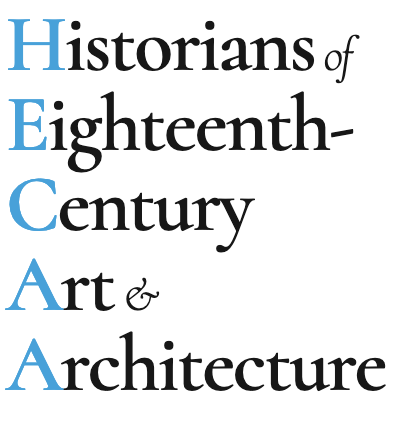

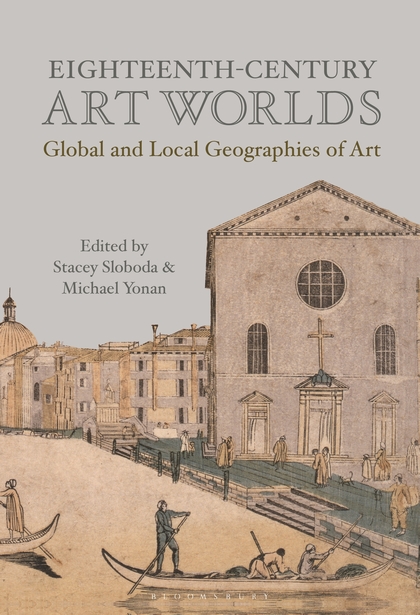

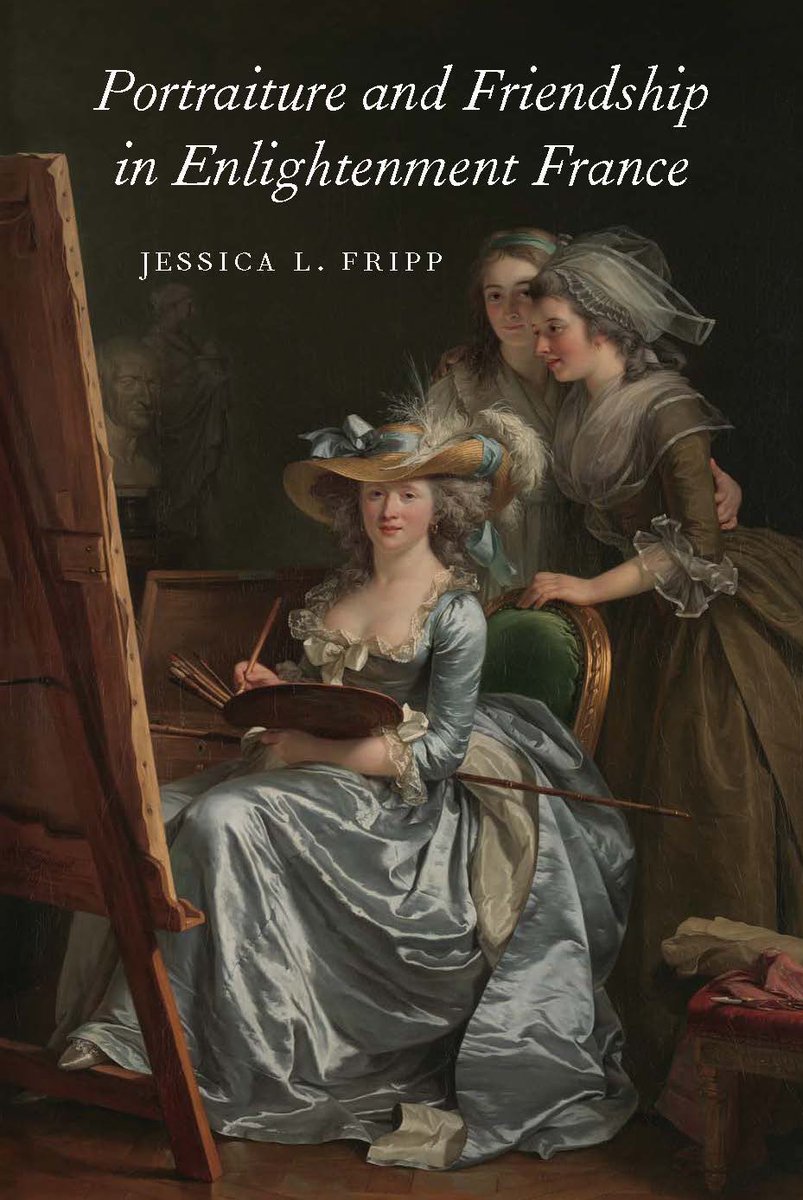















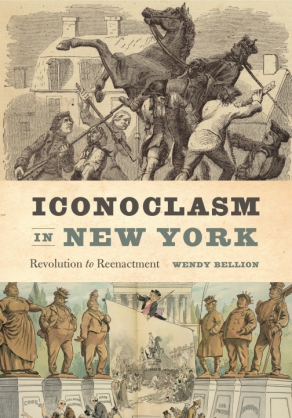



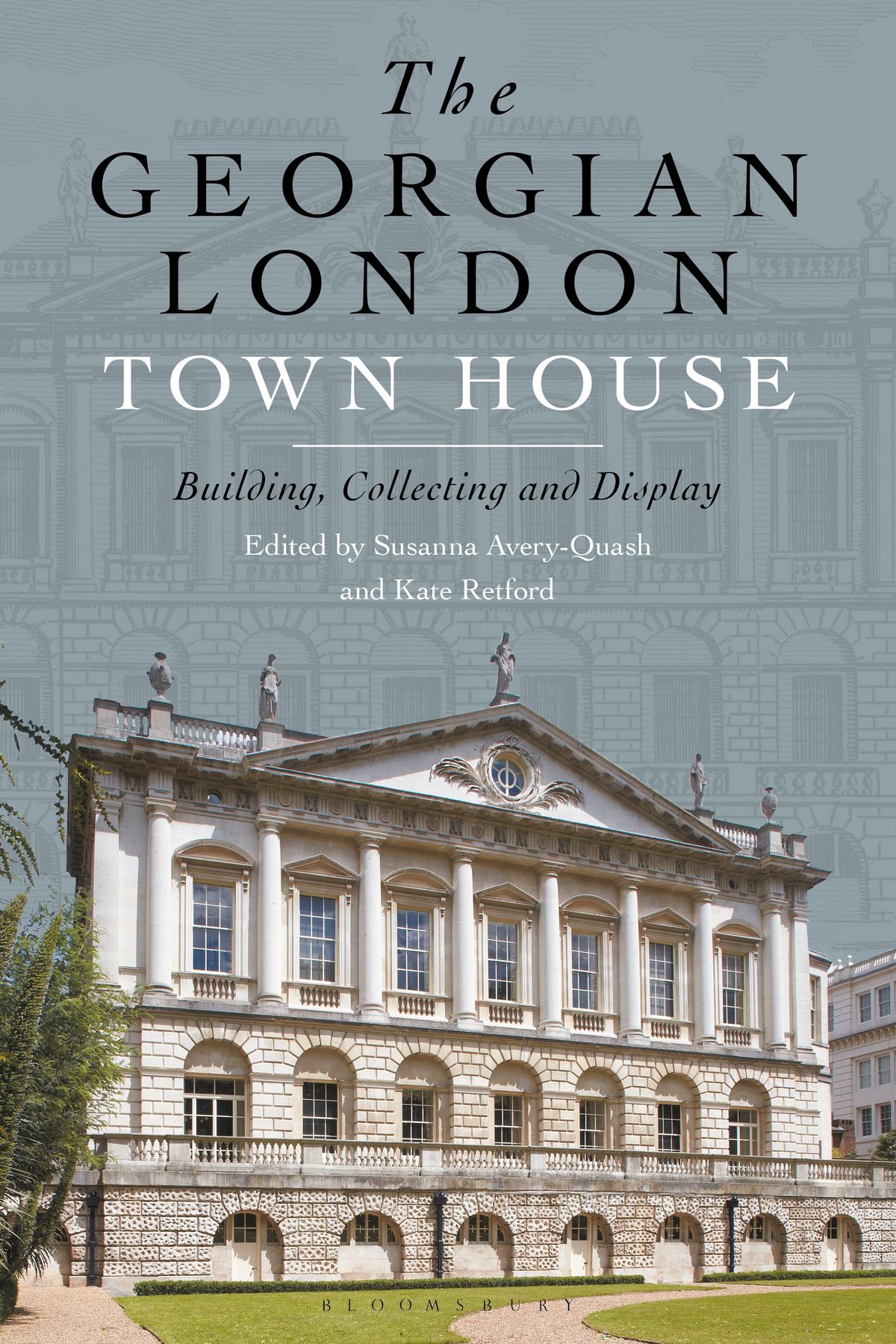


Some interesting observations here and in the Chronicle article.
I’d like to offer an additional tip: strive for accuracy. I have had reason to look at a lot of CVs this year and have been surprised at how many obvious errors people leave uncorrected on them. I don’t mean typos (although they’re a problem, too…) but simple factual mistakes, like listing incorrect names for journals, departments, even universities, etc. The major American journal of our discipline is called “The Art Bulletin,” for example, not “Art Bulletin.” “Eighteenth-Century Studies” and “The Journal of Eighteenth-Century Studies” are two different publications. A Fulbright Grant and a Fulbright-Hays are not exactly the same, etc etc. People even get the names of their graduating universities wrong!
We live in an age when virtually an entire career can be fact-checked easily through google, which means that accuracy counts for more than ever before. It’s really easy to uncover mistakes, which means that there shouldn’t be any!
I have one more piece of advice specifically targeted to younger and emergent scholars.
It’s OK to list works-in-progress and forthcoming publications on your CV and in fact it is essential given how slow academic publishing has become. But watch your language in these areas of your CV. An idea for an article you plan to write sometime in the future is not “forthcoming.” It’s not even really “in progress” until you actually start writing it. I have seen CVs that listed multiple articles, not one of which was actually written, as “forthcoming.” This had the effect of making the candidate look ridiculous. “In press” means that you are actively working with a publisher, not that you have an article submitted to a journal. The terms for that are “in submission” or “under review.”
I report with some pride that it was I who wrote to CAA some eight years ago asking that they define and clarify these terms officially in their CV statement, since I was coming across such varied use of them. In one instance a scholar I knew seriously damaged her career by misunderstanding their meanings. It’s better to have no or few publications on your CV than to have a list of articles that do not actually exist.
What a great idea! A CV is a biog, of sorts. When I view an older CV, I am surprised to recall all that I’ve done and nearly forgotten about. For one who tends to live in the present, its dazzling to see how much I’ve actually done – and how far I’ve travelled. Would enjoy hearing from others on their Spring Cleaning adventure.
Joan G.